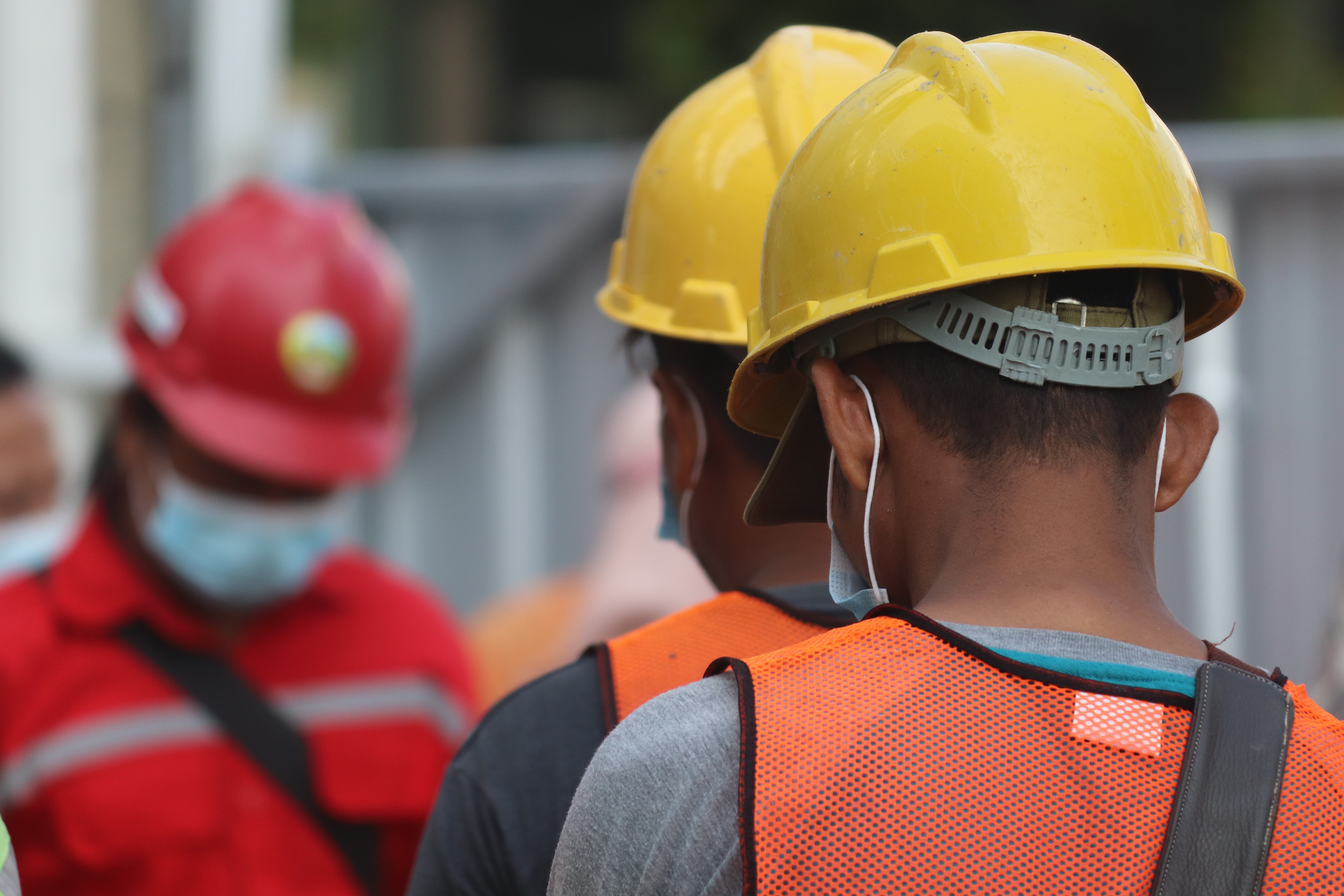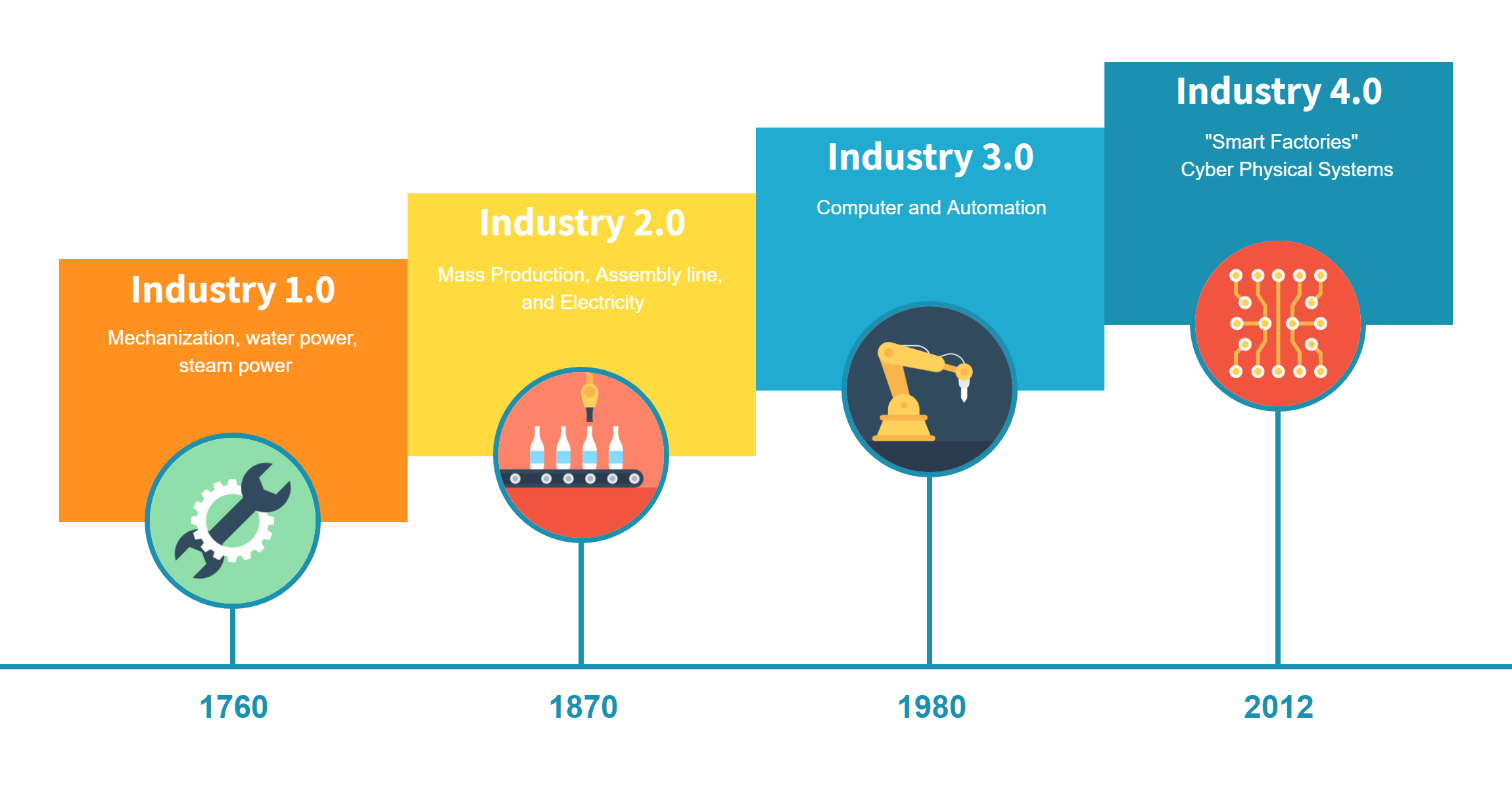THE NOVIQU BLOG
Three Steps to Build a Culture Focused on Safety

Ah safety – the red-headed stepchild of most organizations. A hot topic for leadership, something most facilities say they have a good program or handle on, and a very necessary part of the daily operations in most places.
Perhaps you’ve heard:
“Safety is #1!”
“Safety is the key to our success!”
“We prioritize safety at our facility!”
While it may sound good to leadership and be absolutely true for managers, the true test of how deep your safety program runs is what your employees think of it. Do they grumble when they hear they’ve got another toolbox talk to listen to? Are your line leads just passing around the sign-in sheet and saying “sign this and we’ll move on.”? Or do they truly believe in the importance of your safety program?
Oftentimes we find that the importance of your safety program dies somewhere between management and employees. It’s not that people think safety isn’t important – it’s that they don’t understand why a focus on safety matters so much. It’s often regarded as some sort of red tape that hinders them from doing their job. It’s a hassle. It’s extra work. It’s unnecessary steps.
Until an incident occurs.
The real question here is: how do we get from where we are today to a culture that prioritizes safety in their day-to-day processes? For employees to truly buy into the safety culture in a facility, they need to be brought along in the journey, and fully understand why building a better safety culture benefits them – both in the short term and long term.
The following are three things that you can do and implement now in your facility to begin to shift the mentality around safety.
Step 1: Foster open communication
Open and honest communication is one of the best ways to create strong working relationships between management and employees. By fostering a culture that is open to conversations about new ideas, issues that arise, and anything else that comes to mind, employees feel more heard.
The best way to do this is to train your management team to listen to all concerns or comments – big and small – and take them into account. By listening to everything, management creates a culture of honesty and caring, which builds trust among the team. Your organization is more likely to gain the respect of your employees, and they will be more open to challenges and changes in the future.
Step 2: Make Safety part of their mindset
Safety shouldn’t be something that comes up whenever it’s necessary, but is part of the daily process. Incorporate the word “safety” and your safety practices into everything you do. The more comfortable employees are with the ideas, words, and phrases used around safety and safety culture, the better your program will be.
Try including safety into the normal day to day conversations. Add a step when an employee clocks in for checking safety regulations. Make safety behavior observations a daily or weekly task. Anything you can do in your facility to increase the awareness and conversation around safety will help safety become part of the culture.
Step 3: Reward feedback
When an employee comes forward with recognition of safe or unsafe behavior, reward them. Whether that’s a simple name recognition when the behavior is discussed with a group of employees, or blasting it out on a web portal – make sure that employee knows that their feedback and communication is appreciated and heard.
Once these three steps are implemented within your facility, you begin to build a culture that focuses and cares about the safety program, and not just from a “my manager told me to” point of view. This increases employee’s buy-in of your program, and helps them understand why it’s important.
And of course, after you build a culture that focuses on safety as a real priority, you can conquer the world. Or at least, work on creating the best product, service or business you offer with the best team backing you up.
More

Posted on 11/2/2017 by Chad Haney
The Future of the Manufacturing Industry

Posted on 08/14/2018 by Allison Opitz
3 Steps to a preventive maintenance plan employees will actually follow

Posted on 6/20/2018 by Anna Haney